Taps could run dry in drought-stricken Tehran
President warns that unless rationing eases water crisis, citizens may have to evacuate the capital
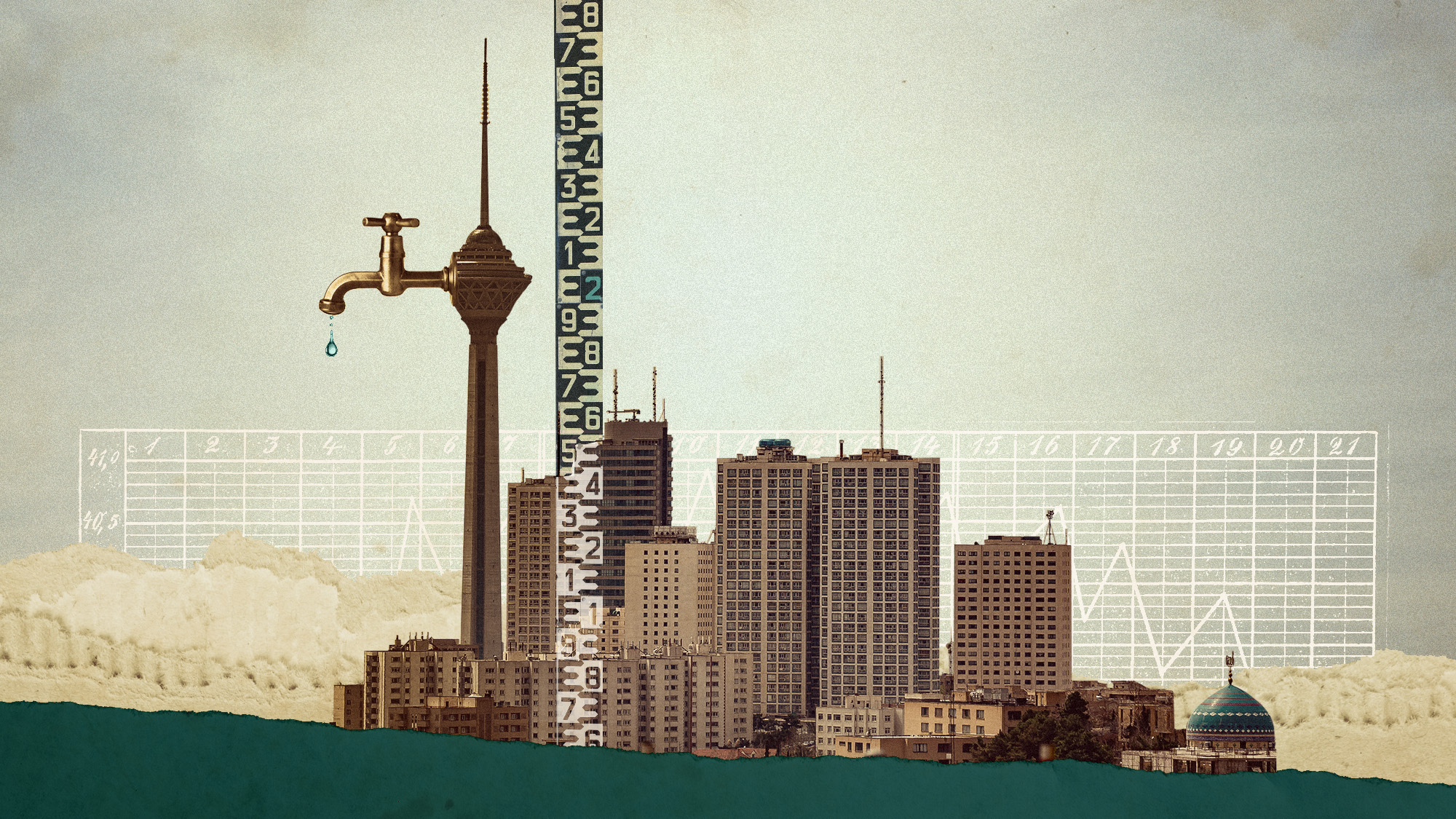
Decades of mismanagement and environmental exploitation, and an unprecedented drought have left Iran teetering on the edge of a water crisis.
The reservoirs are nearly empty following record-low rainfall, and officials are “pleading with citizens to conserve water”, said the BBC. The 10 million inhabitants of Tehran are “facing the real possibility of their taps running dry”. Authorities warned this week that the five main dams supplying the capital were at “critical levels”.
With no rain on the horizon, the president has warned that citizens might have to start rationing water. “If rationing doesn’t work,” said Masoud Pezeshkian, “we may have to evacuate Tehran.”
The Week
Escape your echo chamber. Get the facts behind the news, plus analysis from multiple perspectives.

Sign up for The Week's Free Newsletters
From our morning news briefing to a weekly Good News Newsletter, get the best of The Week delivered directly to your inbox.
From our morning news briefing to a weekly Good News Newsletter, get the best of The Week delivered directly to your inbox.
A crisis ‘decades in the making’
The crisis has been “decades in the making”, said the BBC. Ayatollah Ali Khamenei, the country’s supreme leader, has “repeatedly acknowledged the looming threat”. “Yet little has changed.”
Water scarcity is “a major issue throughout Iran”, said Al Jazeera. Authorities blame shortages on “mismanagement and overexploitation of underground resources”, exacerbated by the climate crisis. The situation reached its current breaking point after the worst drought in decades. Tehran has had no significant rain since May, a situation one official said was “nearly without precedent for a century”. A heatwave also drove temperatures above 40C in the Iranian capital, and above 50C in some parts of the country, causing widespread power cuts.
Authorities warned citizens over the summer to “cut back on water and energy consumption”, said Agence France-Presse. But by October, 19 major dams – about 10% of Iran’s reservoir supply – had effectively run dry.
The crisis is also fuelling conspiracy theories: some Iranians are claiming on social media that neighboring countries are “stealing” their rain clouds, said Forbes. Authorities have made similar claims, accusing Turkey, the UAE and Saudi Arabia of “diverting clouds away from Iran to their own skies”. Iran’s Meteorological Organisation, and other entities, have had to clarify that “stealing clouds and snow” isn’t possible.
A free daily email with the biggest news stories of the day – and the best features from TheWeek.com
Cloud seeding, cloud stealing
The energy minister, Abbas Ali Abadi, has blamed water leakage caused by Tehran’s century-old water infrastructure, and has also cited the 12-day war with Israel in June as a factor. Strikes on northern Tehran are believed to have led to heavy flooding.
But over-extraction of groundwater in Tehran has left the city sinking, said researcher Sanam Mahoozi on The Conversation. Across the country, more than 90% of Iran’s water is extracted for agricultural use. “Many of Iran’s iconic lakes have turned into a bed of salt.”
Studies also point to “decades of mismanagement, including excessive dam construction, illegal well drilling and unsustainable agriculture”, said The New York Times. The Ministry of Energy recently announced the practice of “cloud seeding”, which involves “dispersing particles like silver iodide into existing clouds to encourage rainfall”. But clouds need to contain at least 50% moisture for it to work. “With no relief in sight, some officials have called on the population to pray for rain.”
Harriet Marsden is a senior staff writer and podcast panellist for The Week, covering world news and writing the weekly Global Digest newsletter. Before joining the site in 2023, she was a freelance journalist for seven years, working for The Guardian, The Times and The Independent among others, and regularly appearing on radio shows. In 2021, she was awarded the “journalist-at-large” fellowship by the Local Trust charity, and spent a year travelling independently to some of England’s most deprived areas to write about community activism. She has a master’s in international journalism from City University, and has also worked in Bolivia, Colombia and Spain.
-
 A luxury walking tour in Western Australia
A luxury walking tour in Western AustraliaThe Week Recommends Walk through an ‘ancient forest’ and listen to the ‘gentle hushing’ of the upper canopy
-
 What Nick Fuentes and the Groypers want
What Nick Fuentes and the Groypers wantThe Explainer White supremacism has a new face in the US: a clean-cut 27-year-old with a vast social media following
-
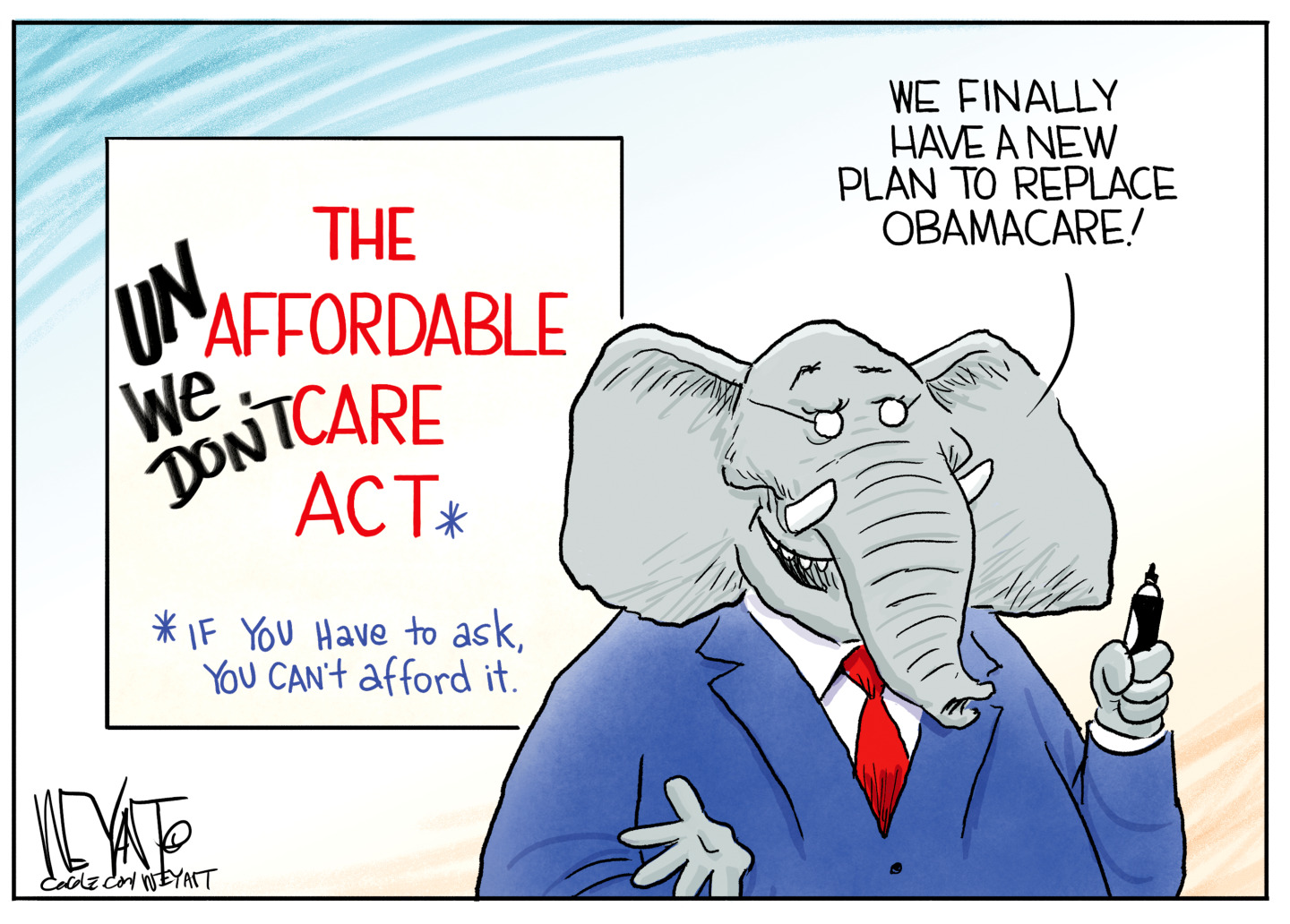 5 highly amusing cartoons about rising health insurance premiums
5 highly amusing cartoons about rising health insurance premiumsCartoon Artists take on the ACA, Christmas road hazards, and more
-
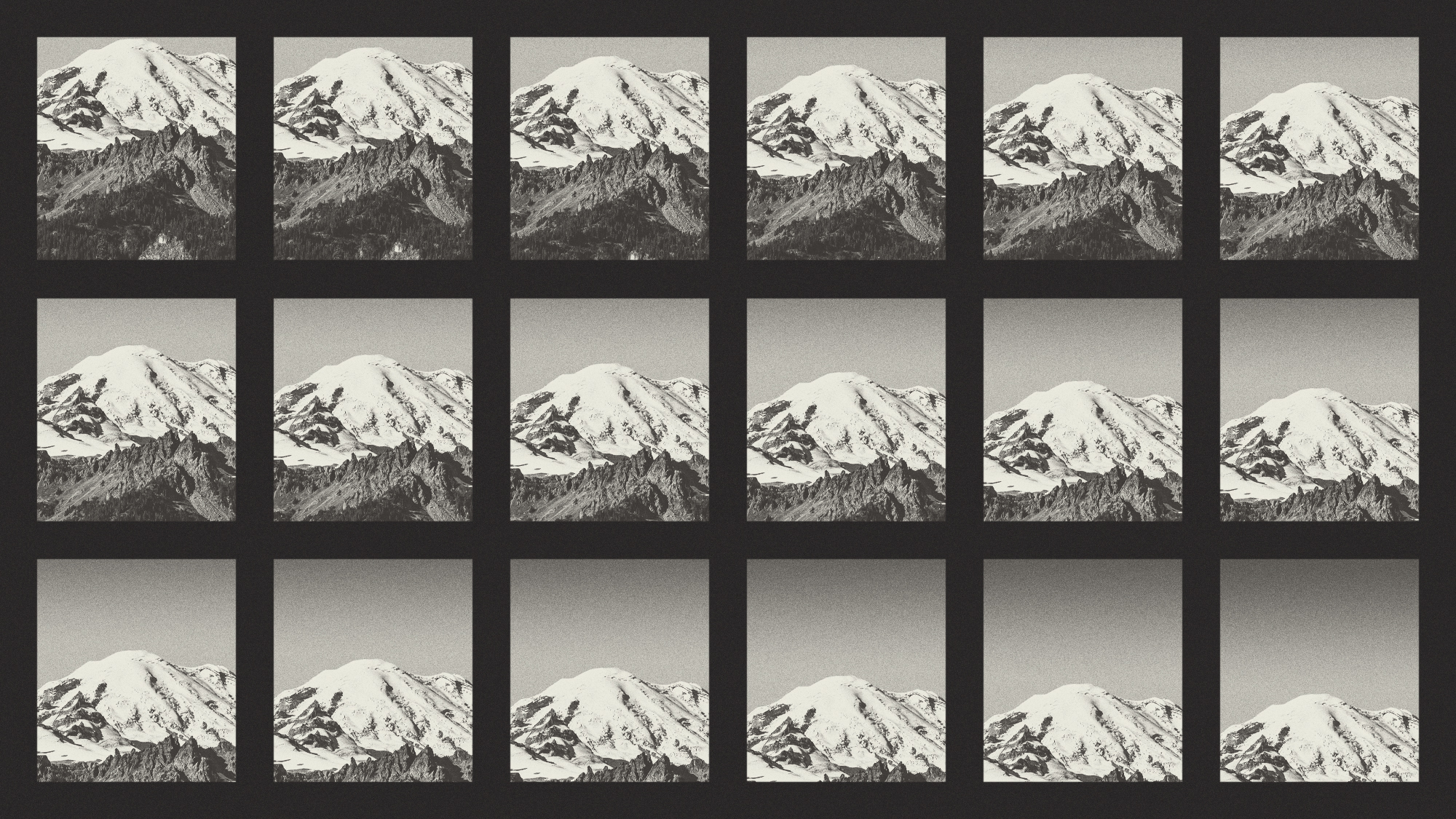 Crest falling: Mount Rainier and 4 other mountains are losing height
Crest falling: Mount Rainier and 4 other mountains are losing heightUnder the radar Its peak elevation is approximately 20 feet lower than it once was
-
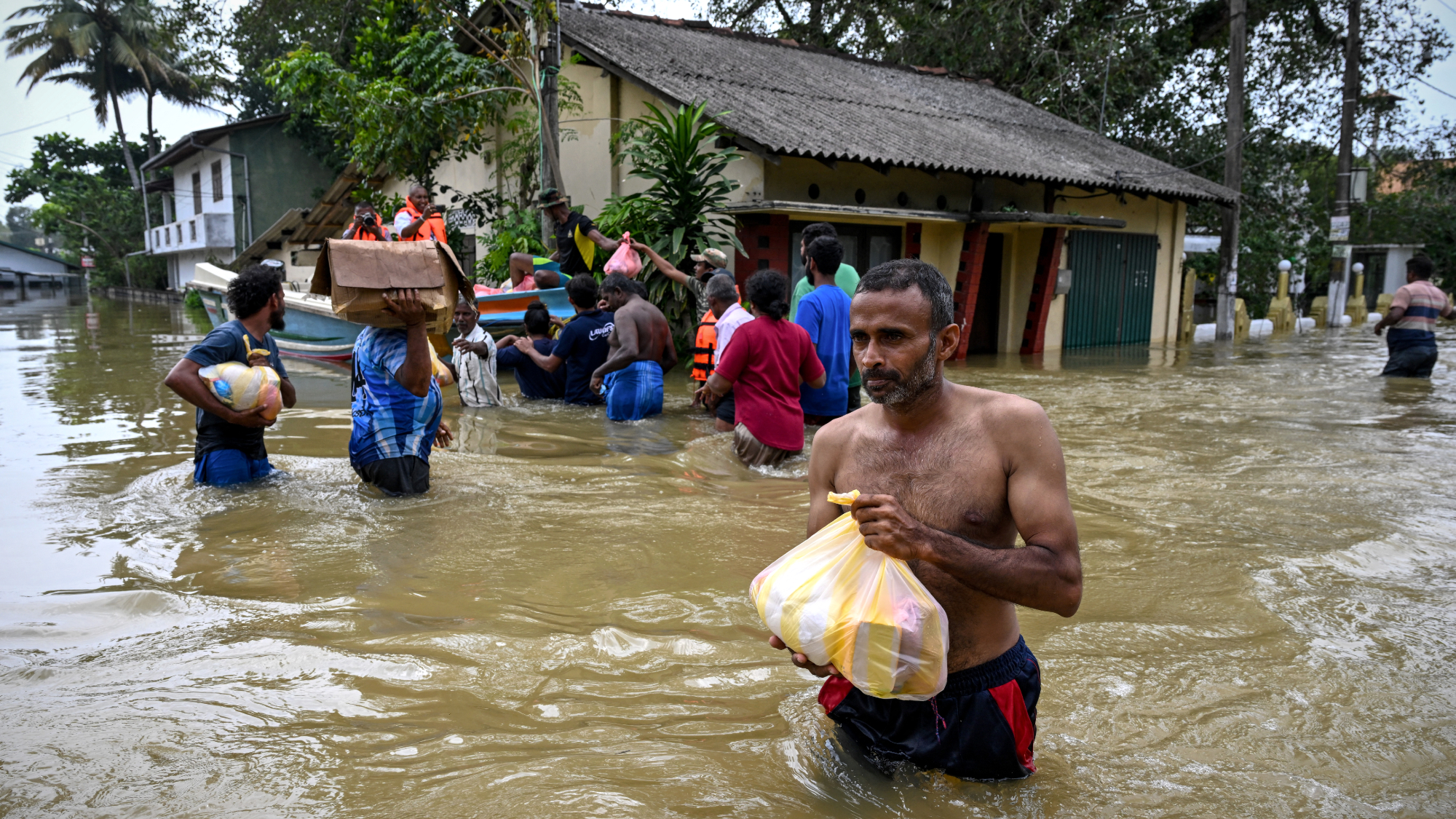 Death toll from Southeast Asia storms tops 1,000
Death toll from Southeast Asia storms tops 1,000speed read Catastrophic floods and landslides have struck Sri Lanka, Indonesia, Thailand and Malaysia
-
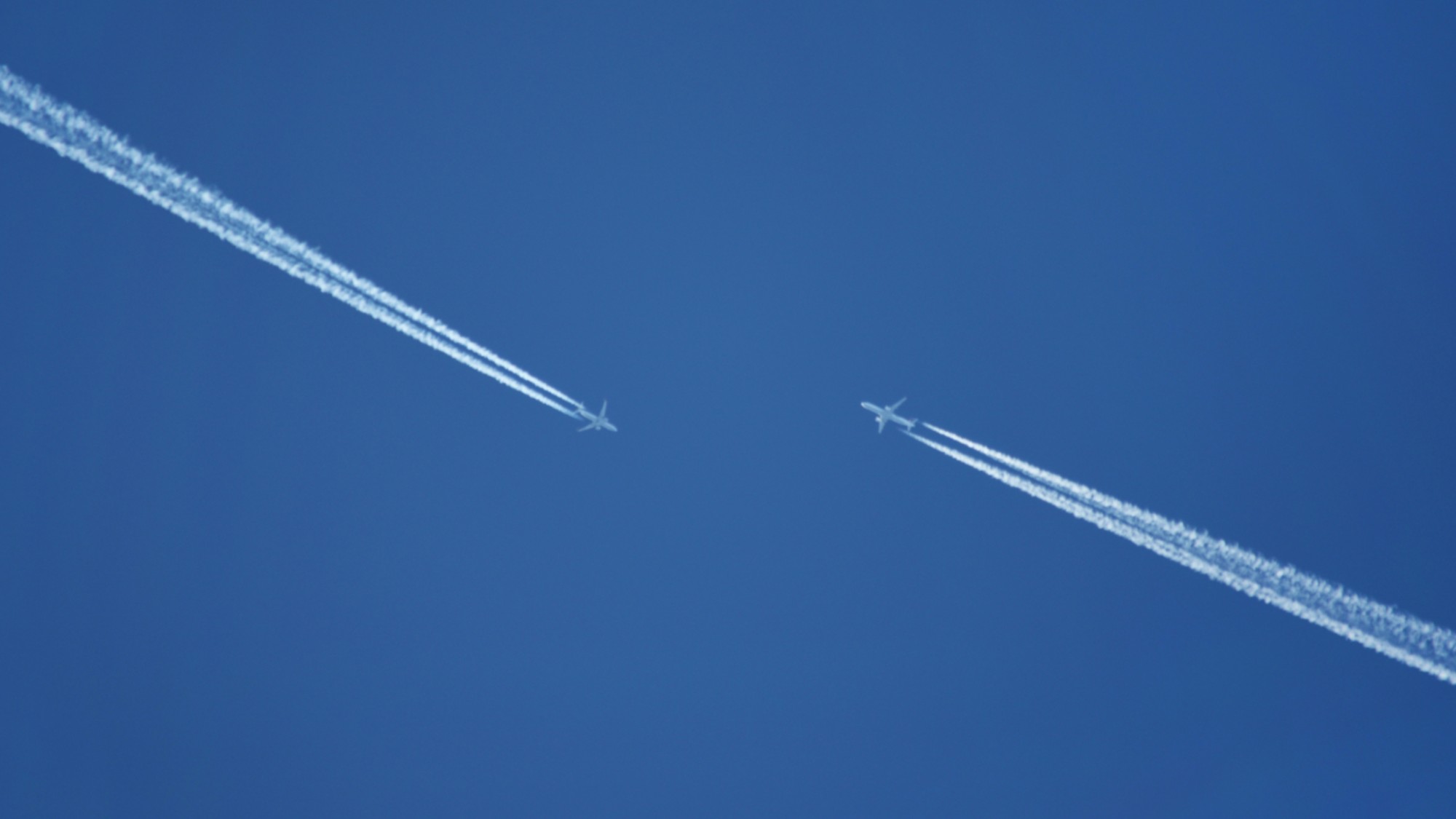 Can for-profit geoengineering put a pause on climate change?
Can for-profit geoengineering put a pause on climate change?In the Spotlight Stardust Solutions wants to dim the sun. Scientists are worried.
-
 How will climate change affect the UK?
How will climate change affect the UK?The Explainer Met Office projections show the UK getting substantially warmer and wetter – with more extreme weather events
-
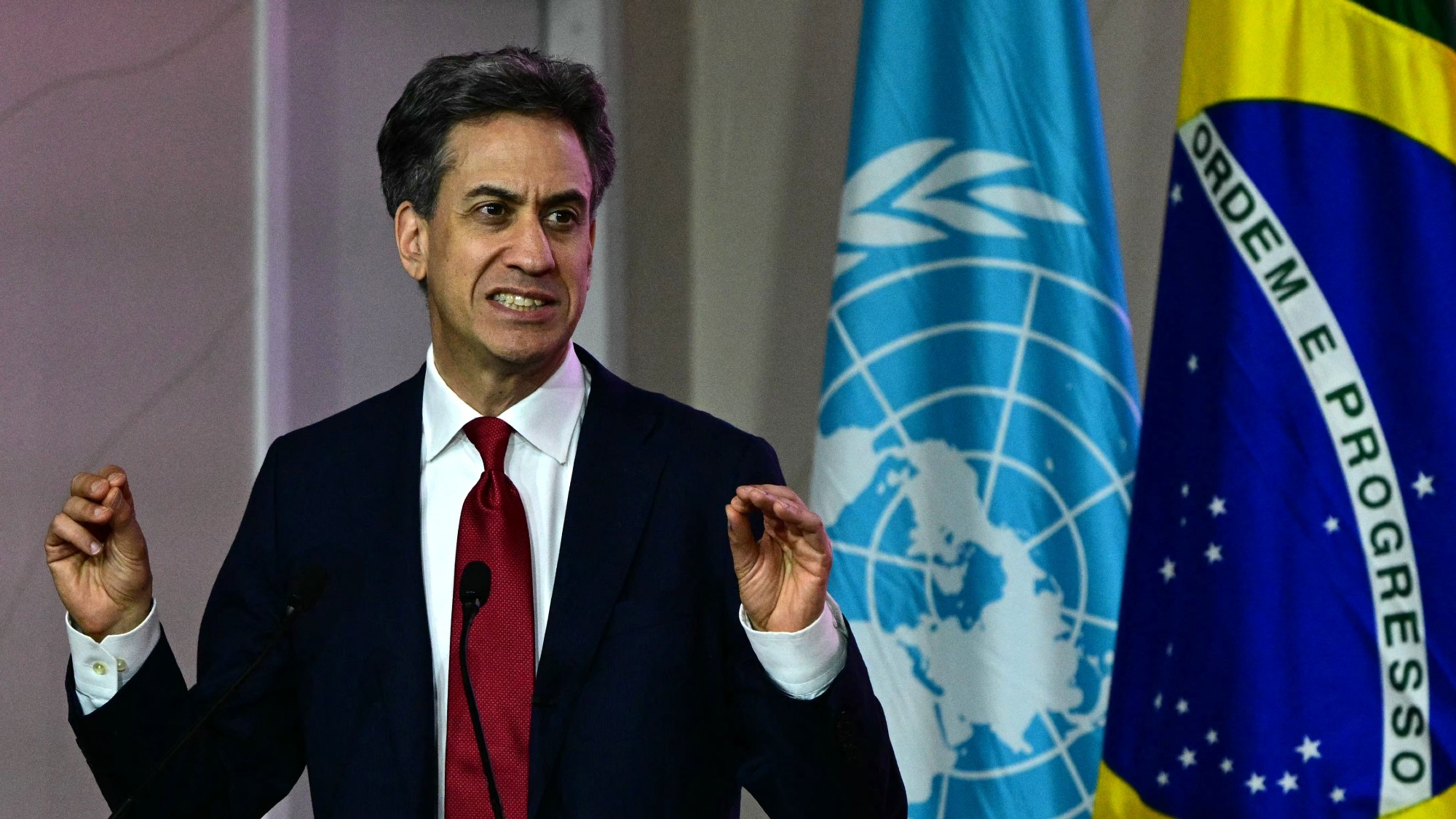 Can the UK do more on climate change?
Can the UK do more on climate change?Today's Big Question Labour has shown leadership in the face of fraying international consensus, but must show the public their green mission is ‘a net benefit, not a net cost’
-
 Did Cop30 fulfil its promise to Indigenous Brazilians?
Did Cop30 fulfil its promise to Indigenous Brazilians?Today’s Big Question Brazilian president approves 10 new protected territories, following ‘unprecedented’ Indigenous presence at conference, both as delegates and protesters
-
 Can the world adapt to climate change?
Can the world adapt to climate change?Today's Big Question As the world gets hotter, COP30 leaders consider resilience efforts
-
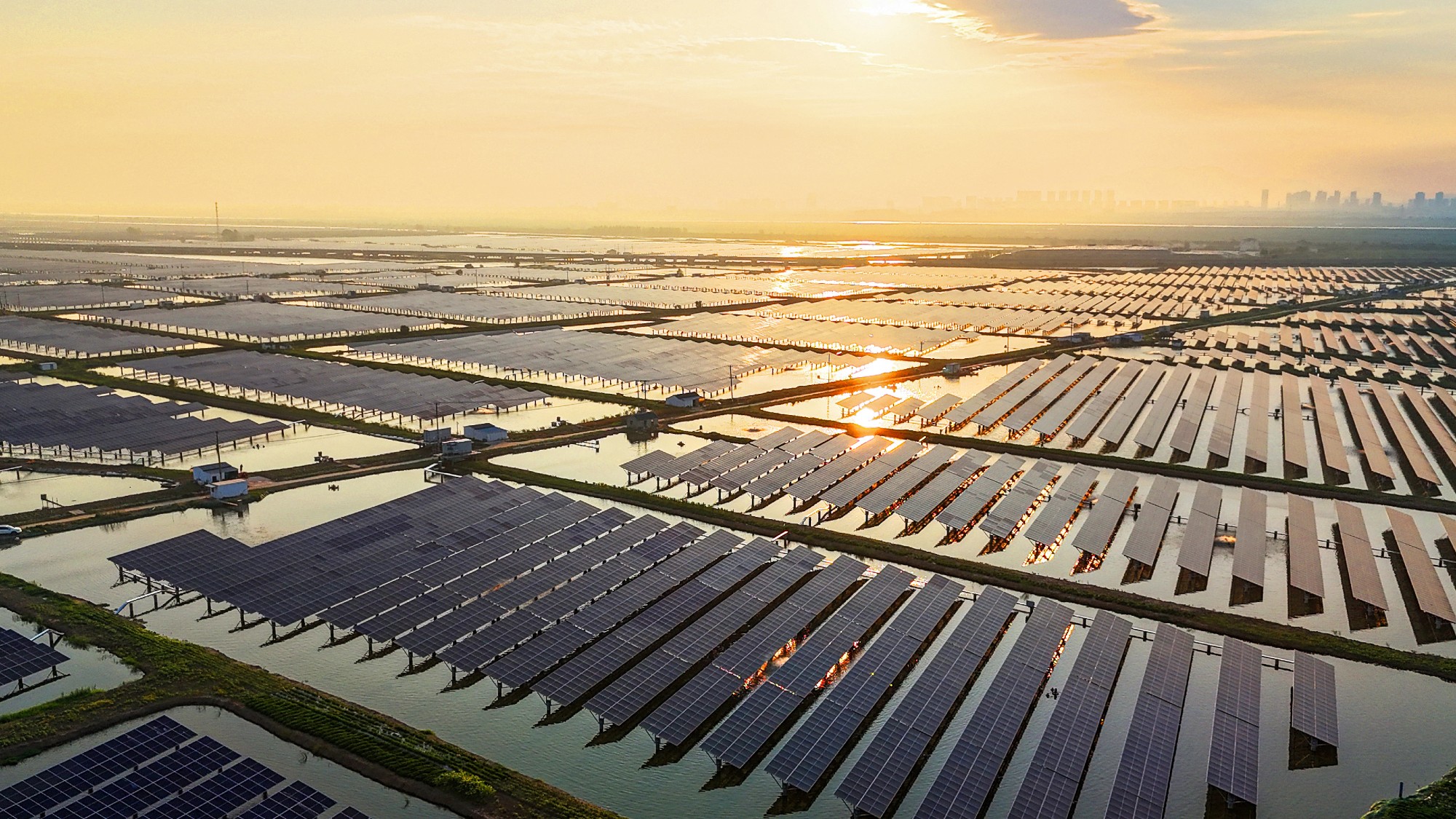 The future of the Paris Agreement
The future of the Paris AgreementThe Explainer UN secretary general warns it is ‘inevitable’ the world will overshoot 1.5C target, but there is still time to change course